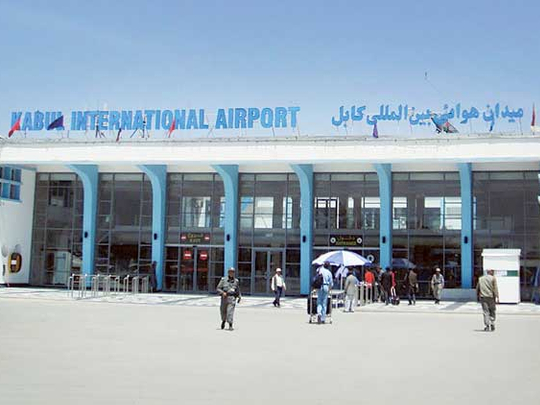
Dubai: UAE carriers are facilitating a growing demand for connectivity to Afghanistan with strong GDP growth promising an increase in business fliers.
Dubai-based carrier flydubai has been flying between Dubai and Kabul, Afghanistan since 2010 and last August increased flights to three a day, while Air Arabia fly six times a week from its hub in Sharjah to Kabul.
But flydubai and Air Arabia could face stiff competition from Dubai flagship carrier Emirates, who boast a strong global network, when it launches daily services between Dubai and Afghanistan next month.
In an emailed statement to Gulf News, a spokesperson for flydubai said the airline was pleased with the performance of its three-time daily service to Kabul and that it “will continue to look for opportunities to expand...operations further.”
Since October, flydubai began introducing business class on its network, meaning the airline is even more likely to cash-in on high-yielding Kabul-route fliers.
Afghanistan’s GDP grew at an estimated 11.8 per cent according to the World Bank and with an estimated 300,000 living in the UAE, including a large business community, the UAE-Afghanistan route is proving not only lucrative but also vital.
“The UAE has become a hub for companies investing and operating in Afghanistan,” Maywand Jabrkhyl, General Manager of Tanweer Investments, a company that works closely with the Afghanistan embassy in the UAE to encourage trade and investment between the two countries.
Ahmad Khoory, Senior Vice-President, Commercial Operations (West Asia & Indian Ocean) at Emirates, told Gulf News Afghanistan had been on the airlines’ “radar for a long time”. Along with its only own commercial study, which found the route to be a high yield destination, he said “the other carriers had proven its good in terms of revenue”.
“The route is going to perform well because it is a high yield destination. The premium class we are going to offer on the route will see a lot of demand because of the military and Etisalat, who have [telecommunication] rights in Afghanistan,” he said.
The Emirates network is likely to give an edge over other airlines flying into Afghanistan because it will be able to connect passengers flying from the likes of Europe, North America, and Asia directly to Kabul through its hub in Dubai.
“The major edge we have promoting the route is the hub,” Khoory said.
Despite the significant UAE-based Afghan population, Emirates believes most of its passengers travelling to Kabul will come from outside the UAE.
Khoory said demand will come from the airlines’ network in the United States, the Middle East, and Europe with the likes of the United Kingdom, France, and Germany generating “major traffic”.
The new route could be a welcomed change for Emirates, which has been hurting in other regional markets. Khoory said currency fluctuations in places such as India were “hitting [Emirates] badly.”
But services between Dubai and Kabul, which launch on December 4, already looks promising for the new entrant to the Afghan market — the first Emirates flight is already 88 per cent full, Khoory said.












